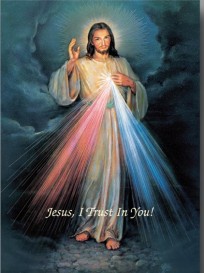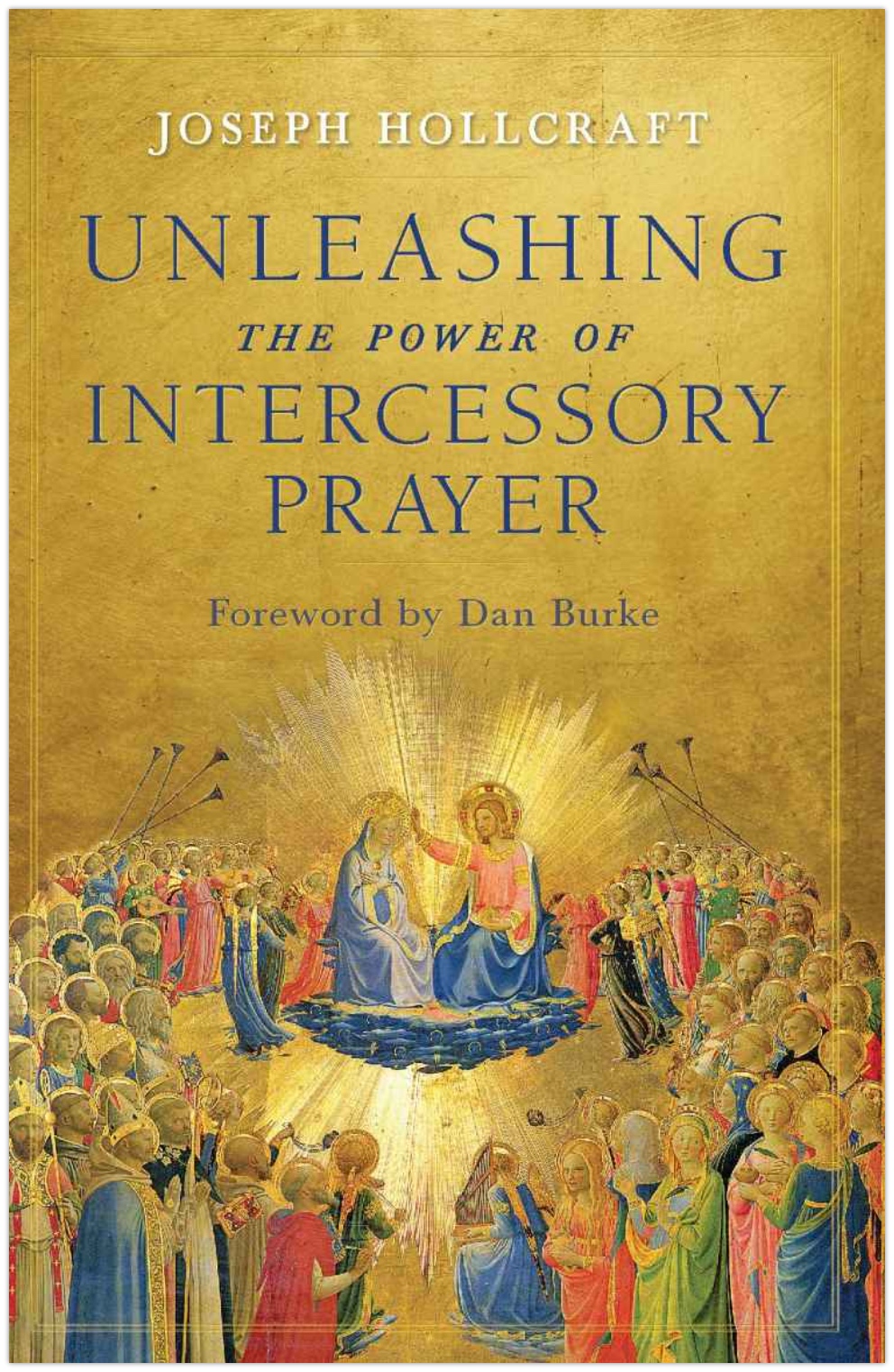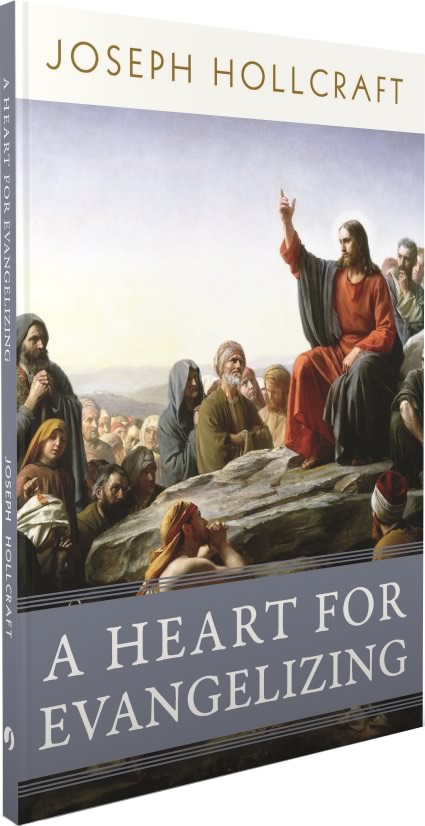There is genius in canonizing John XXIII and John Paul II on the same day
On Divine Mercy Sunday, Blessed John Paul II and Blessed John XXIII became forever know as Saint John Paul II and Saint John XXIII. Pope Francis clearly had something in mind when he decided to bypass the typical miracle required for the canonization of Saint John XXIII, and have these two men share the stage of canonization together.
Some have speculated that this was about Saint John XXIII as the Father figure to the Second Vatican Council (Vatican II) and Saint John Paul II as the Father figure to the New Evangelization. There is a seamless connection between these two missionary oriented endeavors of the Church. Vatican II set out to re-awaken the universal call to holiness in Christ, and at once, stir Catholics worldwide to rediscover their baptismal vocation to be set apart in deed and word. The fathers of Vatican II discussed a great deal the need to “bring up to date” (aggiornamento) the message of Jesus Christ; not changing the message, but making the message more inviting and readily comprehensible to the lay person. Quite simply, that definition of Vatican II highlights the essence of the new evangelization. While there is a more developed understanding of evangelization and catechesis then there was fifty years ago, the construct is the same: new identity--new goal.
That being said, for those who poured themselves into such reflections--time well spent, but what can we say about Pope Francis himself as it relates to these two newly canonized saints. To find the link, we need to look no further then what this Second Sunday of Easter is all about--mercy.
If you were to go back to Pope John XXIII’s opening address to the Council, he said these stirring words on October 11th, 1962:
"At the outset of the Second Vatican Council, it is evident, as always, that the truth of the Lord will remain forever. We see, in fact, as one age succeeds another, that the opinions of men follow one another and exclude each other. And often errors vanish as quickly as they arise, like fog before the sun. The Church has always opposed these errors. Frequently she has condemned them with the greatest severity. Nowadays however, the Spouse of Christ prefers to make use of the medicine of mercy rather than that of severity."
Pope John XXIII called the Church, and everyone in it, to offer the world “the medicine of mercy” in her life-giving faith of truth in love; not to condemn and say “how dare you”, bu t to disarm and say “God loves you”. For God’s mercy heals wounds and makes possible a more authentic evangelization and catechesis. God never uses truth as a club, but as a flower, something beautiful and inviting.
t to disarm and say “God loves you”. For God’s mercy heals wounds and makes possible a more authentic evangelization and catechesis. God never uses truth as a club, but as a flower, something beautiful and inviting.
With his muscle bound intellect and “saintly” heart, Pope John Paul II took this great virtue of mercy he was so familiar with and penned nothing short of genius in his work Rich in Mercy (Dives en Misericordia). In this encyclical, John Paul II reminded us that mercy is love’s second name and the chief attribute of God. Saint John Paul II was clear: it is quintessential for man to embrace mercy, in both its gift and task.
How wonderfully providential and sovereign is our Lord that he would inspire Pope Francis and Holy Mother Church to canonize John Paul II on the very day he inscribed into the Liturgical calendar Divine Mercy Sunday.
Interestingly, one of the strategic goals of John XXIII, and the council fathers of Vatican II was to prepare man for the Third Millennium. Pope John Paul II did just that by emphasizing John XXIII’s “medicine of mercy”. Not only did he give the Second Sunday of Easter the special title of Divine Mercy Sunday, but he canonized the mystic nun who received the vision of the Divine Mercy, Saint Faustina Kowalska, the first saint of the third Millennium. The work of the Holy Spirit is clearly present in these most significant events!
God’s sovereign genius did not stop with Pope John Paul II. In Pope Francis, we have a man who has us going back to Saint John XXIII’s vision of mercy. He does so by calling the Church a “field hospital”. He writes, “The thing the church needs most today is the ability to heal wounds and to warm the hearts of the faithful; it needs nearness, proximity. I see the church as a field hospital after battle…You have to heal his wounds. Then we can talk about everything else. You have to start from the ground up.”
In these words, Pope Francis grabs hold of John XXIII’s opening address and puts a bow on it. Indeed, the Church is a “field hospital”, carrying with her the “medicine of mercy”. He gives the words of John Paul II from Rich in Mercy a concrete therapeutic context, and wonderfully links it to the task of the new evangelization. For our evangelical efforts to consistently succeed, it needs openness, kinship, and that chief attribute of God, which opens man up to the beauty of truth--mercy.
The Church has said “O happy fault” for 2000 years to remind us annually that God’s mercy comes to us in unexpected and paradoxical ways. By many accounts, the elections of Saints John XXIII and John Paul II were--at their respective times—unforeseen, as was the election of Pope Francis. Before we called these men “Holy Father” they had very little in common: from size and stature to where they hail from (Italy, Poland, and Argentina) to their personal interests, very little in common. What binds them in common now is the work of the Holy Spirit, and it seems clear that the Holy Spirit inspired them to focus on the Church as a sanctuary where we can go to have our brokenness attended too and our wounds healed; a “field hospital” where we can know the “richness” of God’s love in his “medicine of mercy.”
From Vatican II into the age of the new evangelization, let us open wide the doors of our hearts to God’s divine mercy--which as Pope Francis said at the close of his homily at the canonization of Saints John XXIII and John Paul II on Divine Mercy Sunday--“always hopes and always forgives, because it always loves.”
Saints John XXIII and John Paul II,
Pray for us


